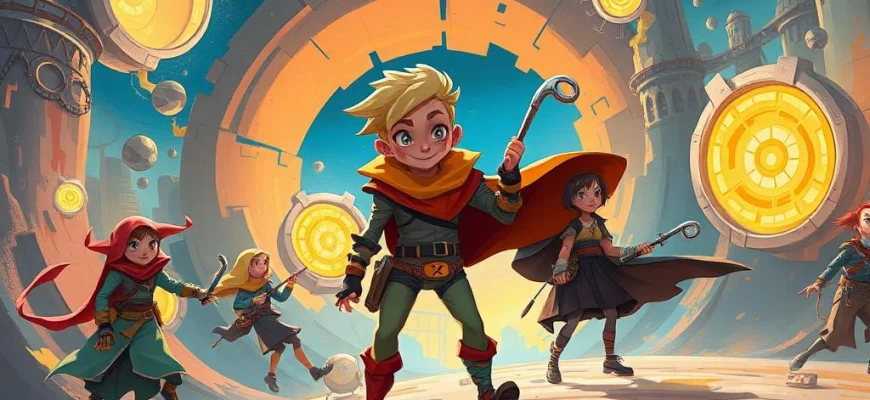If you loved the quirky, genre-blending adventure of The Adventures of Buckaroo Banzai Across the 8th Dimension (1984), you're in for a treat. This article explores 10 similarly offbeat movies and shows that capture the same mix of sci-fi, humor, and sheer unpredictability. Whether you're a fan of eccentric heroes, interdimensional chaos, or cult classics, these picks will satisfy your craving for the wonderfully weird.
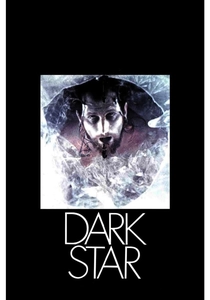
Dark Star (1974)
Description: A low-budget, darkly comedic sci-fi about a dysfunctional crew on a doomed mission, blending existential themes with absurd humor.
Fact: The film began as a student project by John Carpenter and Dan O'Bannon. Its talking bomb scene is a parody of philosophical debates in sci-fi.
 Watch Now
Watch Now 
Flash Gordon (1980)
Description: A campy, colorful space opera with a heroic protagonist, over-the-top villains, and a pulpy, serial-inspired narrative.
Fact: The film's soundtrack was composed and performed by the rock band Queen. It was originally intended to be a much darker, more serious adaptation before embracing its campy tone.
 Watch Now
Watch Now 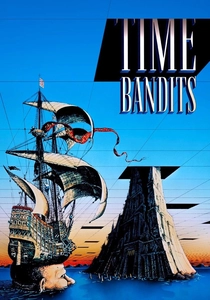
Time Bandits (1981)
Description: A fantastical adventure mixing history, mythology, and time travel, with a young protagonist joining a band of eccentric thieves on a surreal journey.
Fact: The film was co-written by Monty Python's Terry Gilliam, who also directed. Its chaotic, episodic structure was inspired by Gilliam's love for absurdist storytelling.
 Watch Now
Watch Now 
Tron (1982)
Description: A groundbreaking sci-fi film blending real-world and digital realms, with a protagonist navigating a surreal, neon-lit world of programs and users.
Fact: The film's light-cycle sequences were among the first uses of CGI in cinema. It was initially dismissed by critics but later gained a cult following for its innovative visuals.
 Watch Now
Watch Now 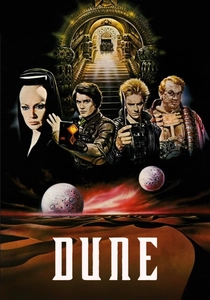
Dune (1984)
Description: A sprawling, visually rich sci-fi epic with complex world-building, mystical elements, and a hero's journey through a strange, dangerous universe.
Fact: The film's production design was heavily influenced by surrealist artist H.R. Giger. It was initially a box-office failure but later became a cult classic.
 Watch Now
Watch Now 
The Ice Pirates (1984)
Description: A spacefaring adventure filled with slapstick humor, bizarre aliens, and a ragtag crew on a quest for a mythical resource.
Fact: The film features one of cinema's most infamous scenes: a battle in 'space herpes'-infected waters. It was marketed as a family-friendly adventure despite its adult humor.
 Watch Now
Watch Now 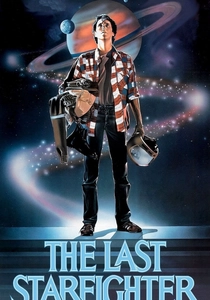
The Last Starfighter (1984)
Description: A sci-fi adventure combining everyday heroism with intergalactic stakes, featuring a protagonist unexpectedly thrust into a cosmic conflict.
Fact: One of the first films to use extensive CGI for its space battles, paving the way for future sci-fi visuals. The arcade game featured in the movie was later turned into a real, playable game.
 Watch Now
Watch Now 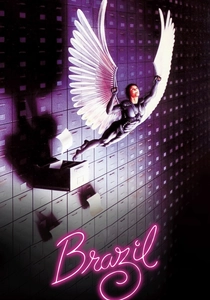
Brazil (1985)
Description: A dystopian satire blending dark humor, surreal visuals, and a bureaucratic nightmare, with a protagonist dreaming of escape.
Fact: The film's title comes from the recurring song 'Brazil,' symbolizing escapism. It faced heavy studio interference but is now regarded as a masterpiece of dystopian cinema.
 Watch Now
Watch Now 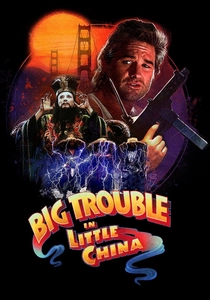
Big Trouble in Little China (1986)
Description: A blend of action, comedy, and supernatural elements with a quirky, larger-than-life hero navigating a bizarre underworld.
Fact: The film was initially conceived as a Western before being reimagined as a modern-day adventure. It features a unique mix of martial arts and American action tropes.
 Watch Now
Watch Now 
The Fifth Element (1997)
Description: A visually vibrant sci-fi adventure with eccentric characters, a mix of humor and action, and a plot involving saving the world from an ancient evil.
Fact: The film's iconic blue alien opera singer was inspired by a painting by artist Jean Giraud (Moebius). It was one of the first major films to use extensive CGI for its action sequences.
 Watch Now
Watch Now 
